How do Winterthur Students Spend Their Free Time? An Exploration of Echo Mountain Trail
By Alexandra Izzard, ’22
As spring classes wound down and immediate academic responsibilities came to an end, I had the pleasure of returning to my parent’s home in Los Angeles, California. After a day wandering through galleries, antique shops, and my favorite food haunts, my more athletically inclined partner persuaded me to go on a hike, hoping to explore the foothills of northeast Los Angeles. As I somewhat begrudgingly trudged up the mountainside the next day, the muted halls of the Winterthur mansion and the slight hiss of the HVAC in collections storage felt a lifetime away. Much to my surprise, my studies in historic preservation were waiting for me at the summit.
After we crested the last of the switchbacks, I noticed signs placed by the city, declaring not mile markers, but historical structures. I began to see the twisted ends of railroad tracks, indicating industrial travel at the top of this isolated mountain. Further along the ridge were signs noting the archaeological remains of the Echo Mountain House, colloquially named the White City, a tourist wonder lost to time. Today, all that remains of this once grand resort are a few railroad ties, a crumbling foundation, a contemporary memorial, and breathtaking views.
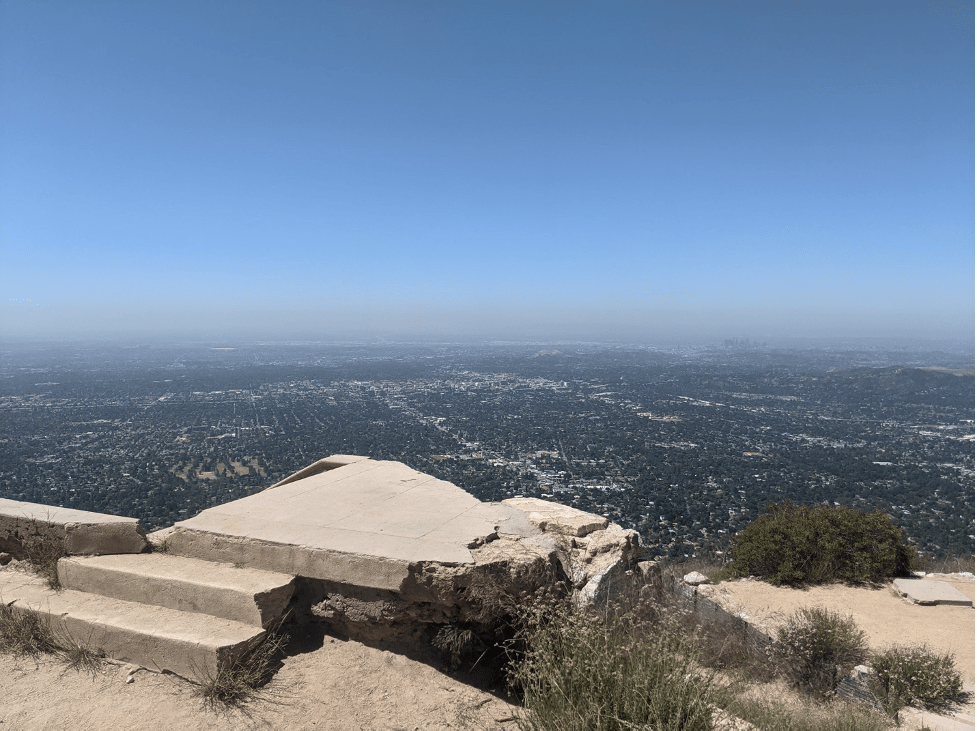
Figure 1: View from the top of Mount Lowe where the Echo Mountain Resort once stood. The scenic overlook is to the west, with downtown Los Angeles barely visible and the coastline lost in the smog. Image courtesy of the author.
These remnants trace back to Professor Thaddeus S. C. Lowe. In 1887 Lowe moved to Pasadena, California and a dream was born: he would build a railroad to the top of Oak Mountain, a peak nestled in the Sierra Madre mountain range. He joined forces with engineer David J. Macpherson and in 1891, construction began on the Mount Lowe railway with Oak Mountain quickly renamed Mount Lowe after the professor’s efforts. There is little documentary evidence of the labor that built this railway, but the existing language implies that Lowe employed many Spanish-speaking laborers, used donkeys to haul supplies up the mountain, and transferred the load to human backs when the animals could not continue.

Figure 2: (ca. 1892) View showing the top of Echo Mountain during grading and construction with the workers’ tent in the distance. Image courtesy of Water and Power Associates, Inc., Los Angeles.
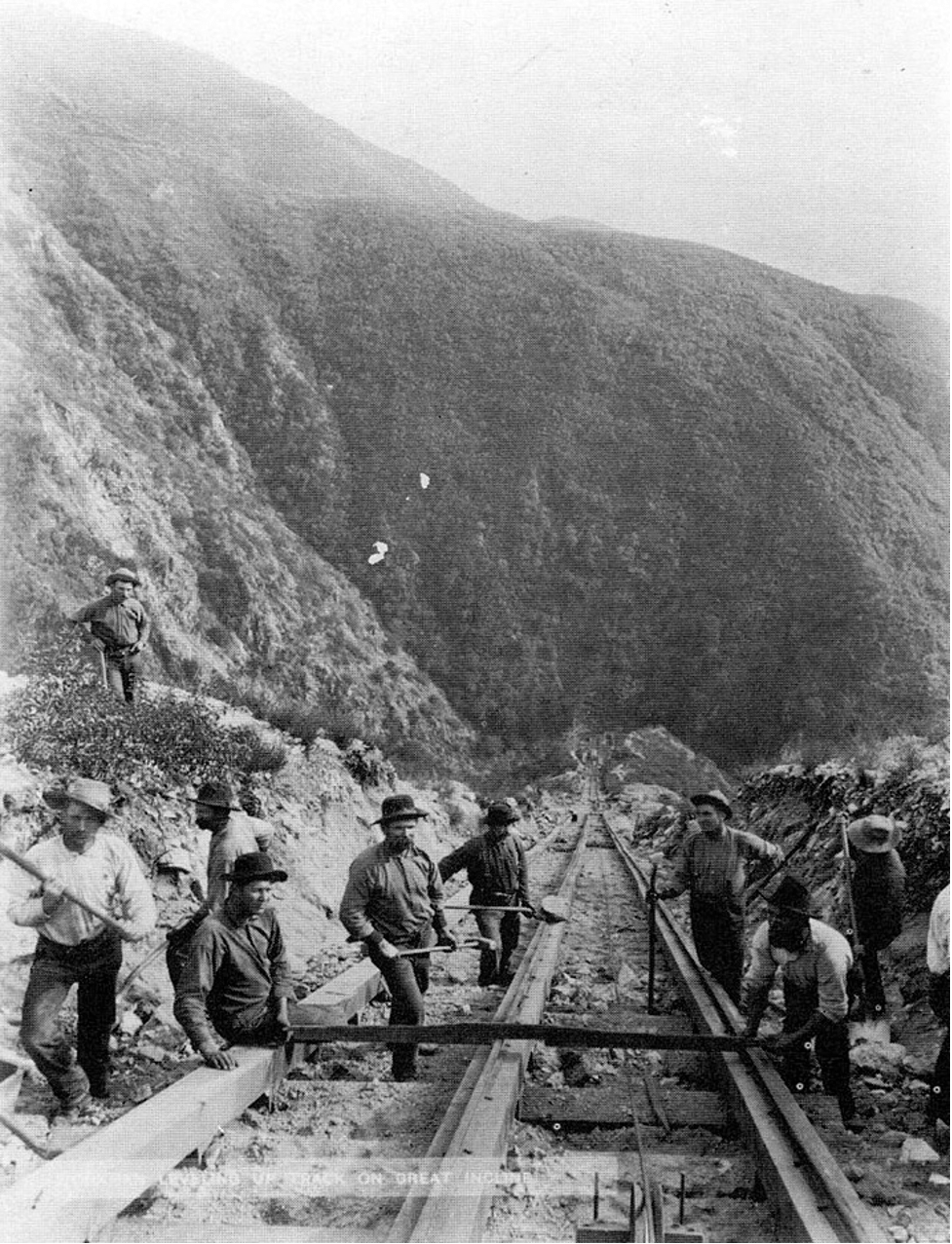
Figure 3: (ca. 1892) Workers constructing the Incline Track about three quarters of the way up to Echo Mt. Image courtesy of Water and Power Associates, Inc., Los Angeles.
In the summer of 1893, the railroad opened to visitors and quickly gained popularity, eventually whisking over three million tourists up the mountain in its forty-five years of operation. A resort community was built atop the mountain, boasting amenities and attractions including the Hotel Rubio, the Echo Mountain House, the world’s largest spotlight (originally created by General Electric for the 1893 World’s Columbian Exposition), a dance hall, a petting zoo, a post office, a tennis court, and an observatory. The resort attracted everyone from rowdy local high schoolers and starry-eyed East Coast tourists to adventurous mountain climbers. This bustling tourist city atop a mountain required its own source of power, which eventually became its demise.
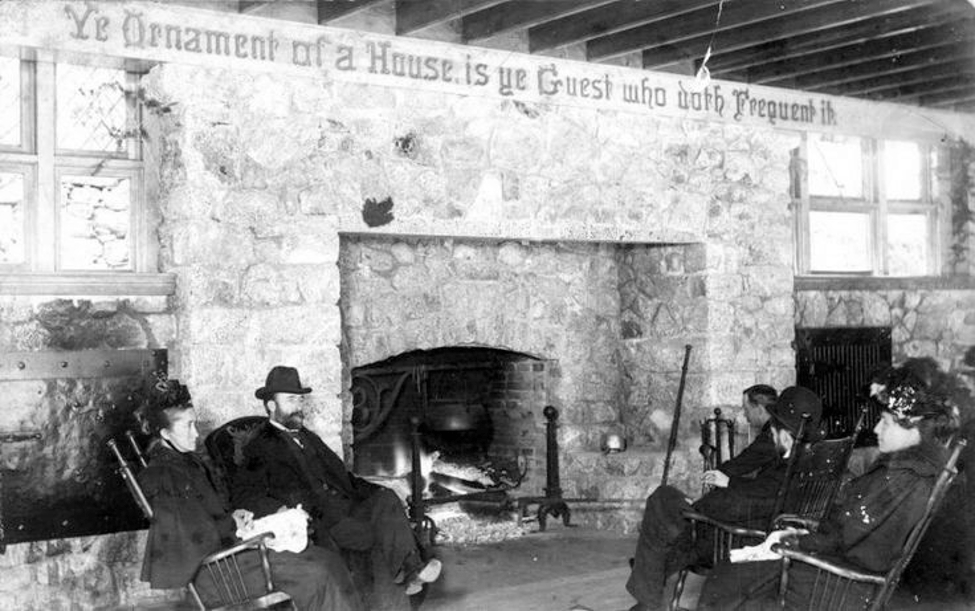
Figure 4: (ca. 1900) Visitors sitting around the fireplace at Ye Alpine Tavern. Image courtesy of Water and Power Associates, Inc., Los Angeles.

Figure 6: (1902) Photo caption reads: “‘Ah, there!’ Behold, three young ladies of fashion determinedly, though circumspectly, hiking up the Mt. Lowe trail in the year 1902. Mountaineering was quite the thing in those halcyon times, but if anyone had so much as mentioned hiking outfits with ‘shorts’ to these gals, they probably would have hidden their blushes in the shrubbery.” Image courtesy of Water and Power Associates, Inc., Los Angeles.
A series of natural disasters slowly destroyed the resort, beginning with a kitchen fire that destroyed the Echo Mountain House in 1900. In 1905 a fire destroyed the remaining Echo buildings, save the observatory and the astronomer’s cabin. A flash flood washed out the Rubio Pavilion in 1909, and in 1928 a gale force wind toppled the observatory. Finally, in 1936 an electrical fire wiped out the Tavern. The untamable nature of Los Angeles had reclaimed the mountaintop as her own.
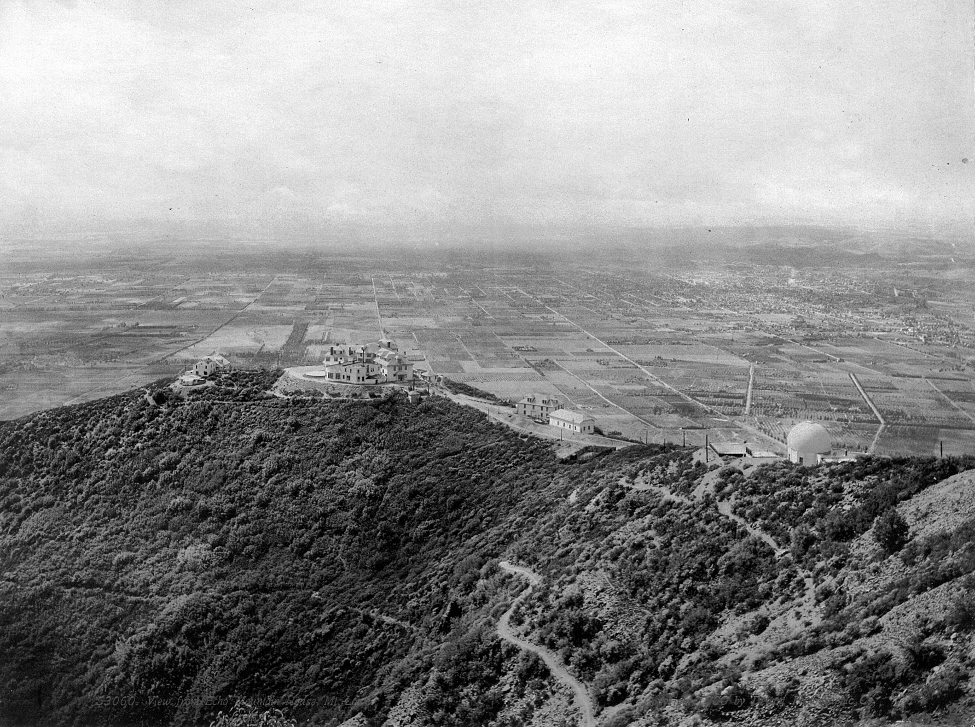
Figure 7: (ca. 1890) A panoramic view showing the Echo Mountain resort complex with the San Gabriel Valley in the background. Image courtesy of Water and Power Associates, Inc., Los Angeles.
Though certainly an enchanting tale of adventure, entrepreneurial spirit, and a great early twentieth century landmark lost to time, the story of the Echo Mountain Resort and Mount Lowe Railway should not end there. This resort mined the land of the Kizh people, while employing dangerous and likely inhumane work practices. Further archival research into those employed by Lowe and the labor behind the creation and maintenance of this site of luxury would serve to fill out this narrow narrative. As a Winterthur student, I have learned that historic preservation is not a practice of maintaining static histories: it is about interrogating these stories and working to interrupt the cycle of interpreting from a position of power. Perhaps my next trip home will be spent in city archives rather than on a mountain top.
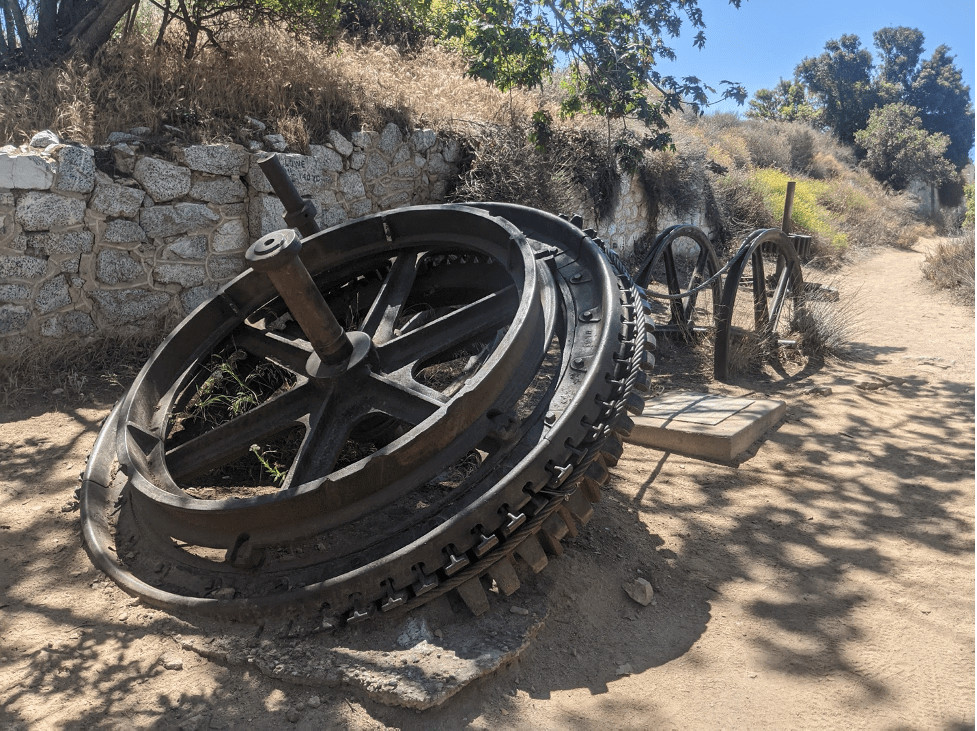
Figure 8: The current historical marker atop Mount Lowe, a cable wheel that is one of the last remnants of the Mount Lowe Railway. This marker was erected in 1963 by the Pasadena Historical Society, the Altadena Historical Society, the Pasadena Pioneer Association, and the U.S. Forest Service. Image courtesy of the author.
For more images of Echo Mountain and the Mount Lowe Railroad, visit the website of the Water and Power Associates of Los Angeles or the Library of Congress. To learn more about or to donate to the Kizh Nation, please visit their website.

Leave a Reply